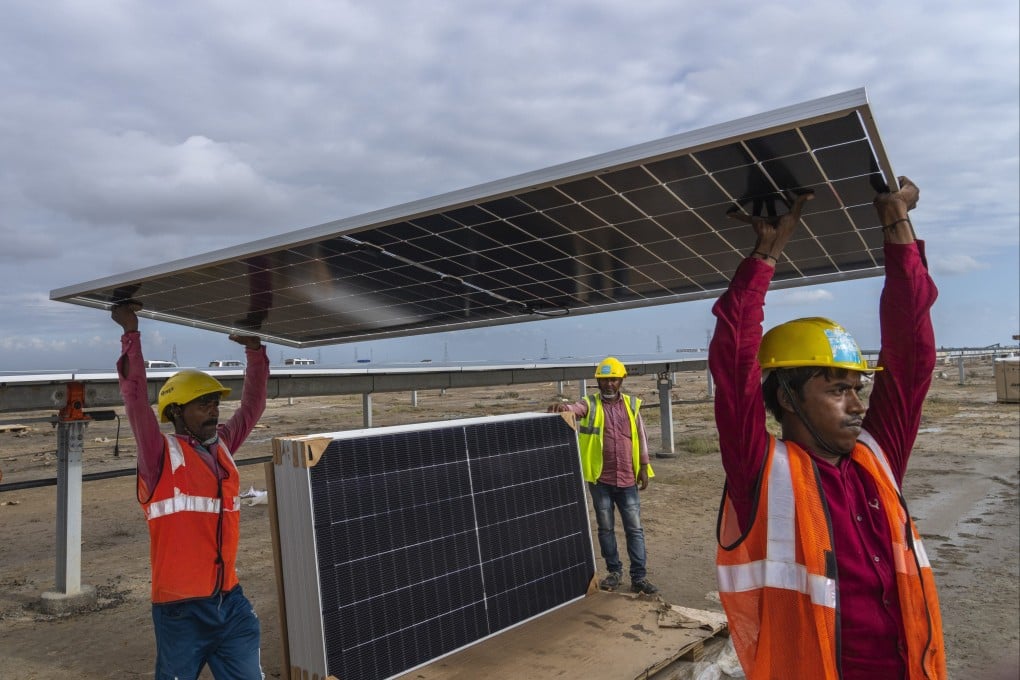Opinion | How to tackle the challenges facing the global energy transition
- The adoption of renewables is unequal geographically, investment costs are rising, there is underinvestment in grids and storage, and then there are non-financial barriers
- Governments must tackle administrative hurdles while investors need to better support green energy development

Investments in solar power generation reached nearly US$500 billion last year, an increase of US$80 billion on 2021. Wind investments though, at US$162 billion, fell by 5 per cent. But despite recent cancellations of offshore wind projects, mainly in the United States, 103 gigawatts of wind farm capacity are likely to be established this year, with new investment in renewable energy hitting a record US$358 billion in the first half, up 22 per cent.
Yet challenges remain, in the unequal geographical adoption of renewables, rising cost of investment, underinvestment in supporting infrastructure like grids and storage, and the non-financial barriers that slow the adoption of renewable energy.
China alone contributed 52 per cent of the global investment in clean energy, along with 42 per cent in solar and 55 per cent in wind capacity additions last year. In Asia, only India, South Korea and Vietnam also made the top 10 for renewable capacity additions from 2013 to 2022.
